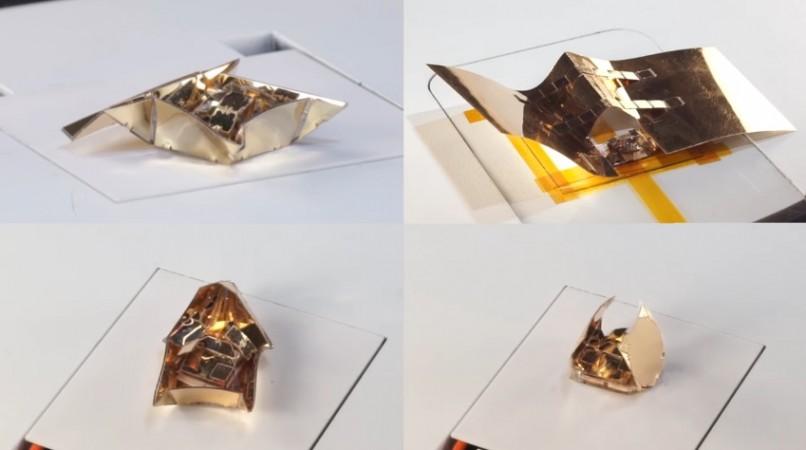Humanoid named Sophia made a shocking statement last year that she would destroy human race before retracting her declaration this year. Now, researchers have claimed that they have developed technology that can give superpowers to robots.
Researchers from the Massachusetts Institute of Technology's Computer Science and Artificial Intelligence Laboratory and Harvard University's Wyss Institute have developed cheap origami-inspired artificial muscle that will enable robots to lift up to 1,000 times their own weight. It will be like giving superpowers to robots.
Also read: This Robot wants to start family and have kids
"We've been interested in soft robots for a long time because they're safe, because they are compliant and because they can deal with uncertainty," roboticist Daniela Rus, director of MIT's Computer Science and Artificial Intelligence Laboratory, told Los Angeles Times. "They're very robust and easy to control, relatively speaking."

Soft robots aren't power-lifters like hard-bodied ones but Rus said that "what we want are soft, safe, compliant robots that have strength, that have the properties that are now achievable with hard-bodied systems. This way we have the best of both worlds."
According to the study published in PNAS journal, a structure for fluid-driven origami-inspired artificial muscles has been created and it requires only a compressible skeleton, a flexible skin, and a fluid medium. It went on to say that a fabrication method is introduced to rapidly manufacture low-cost artificial muscles using various materials and at multiple scales.
Experiments have revealed that the origami-inspired artificial muscle can contract over 90 percent of their initial lengths, generate stresses of ∼600 kPa, and produce peak power densities over 2 kW/kg—all equal to, or in excess of, natural muscle.
"This architecture for artificial muscles opens the door to rapid design and low-cost fabrication of actuation systems for numerous applications at multiple scales, ranging from miniature medical devices to wearable robotic exoskeletons to large deployable structures for space exploration," it adds.

















